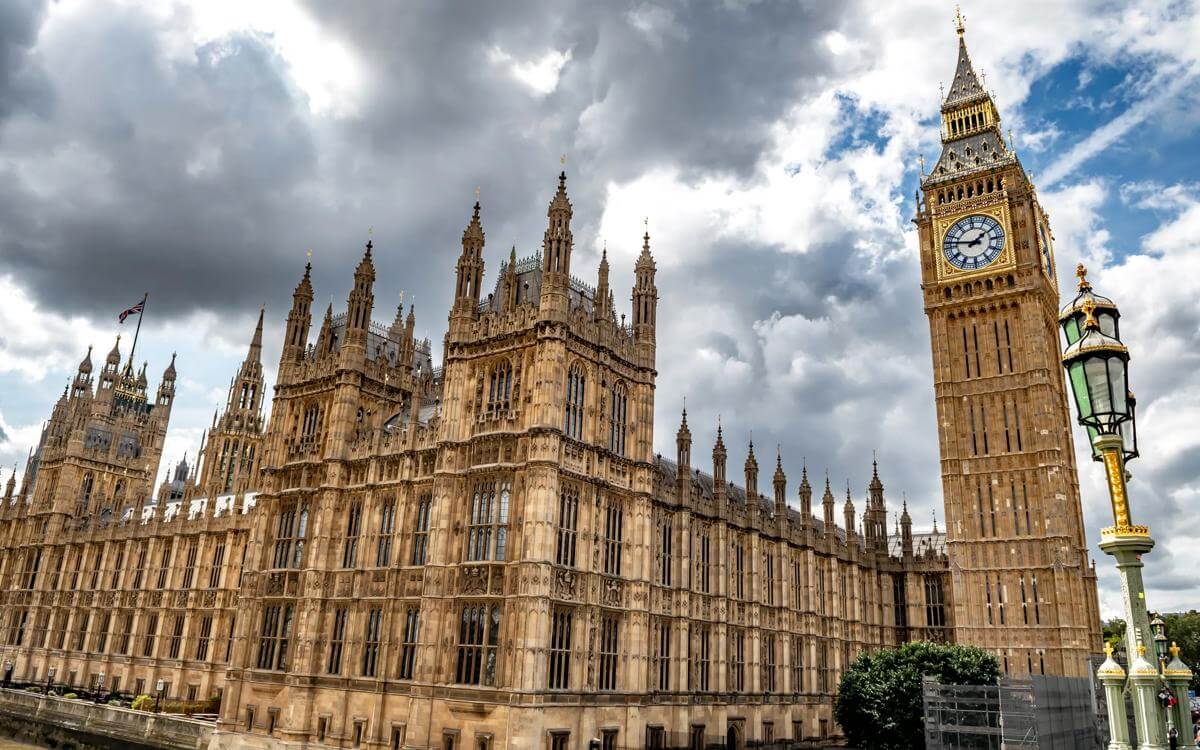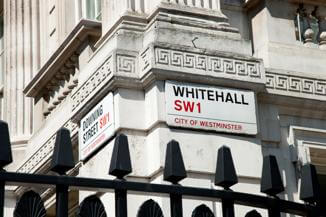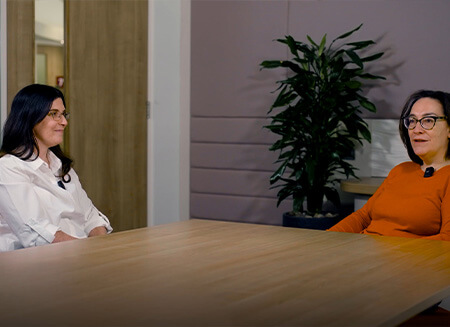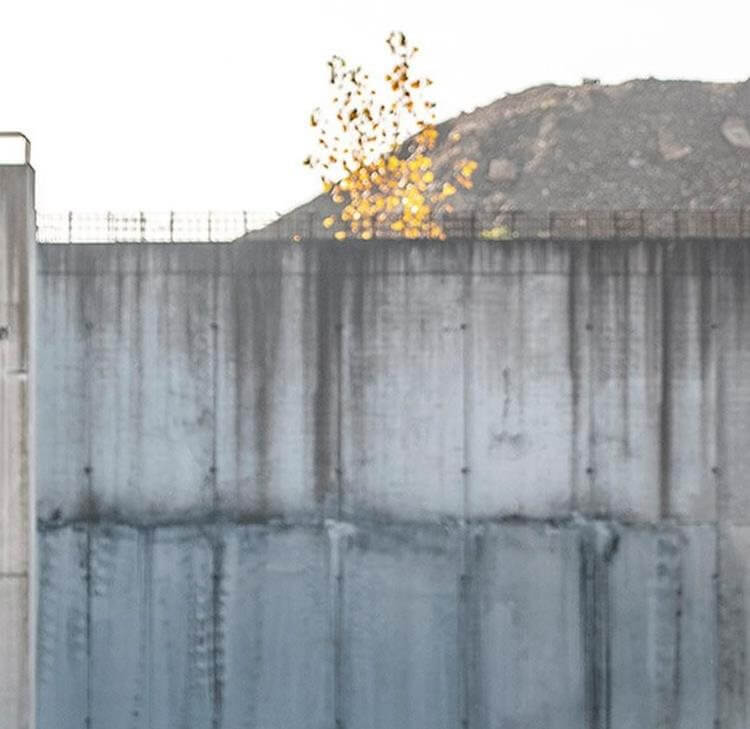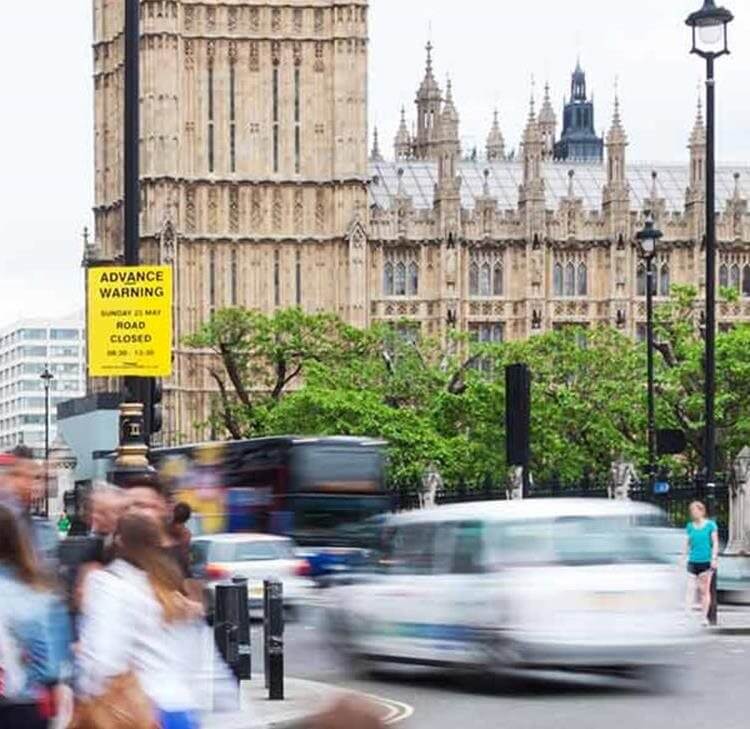With the recent announcement that there will now be a national public inquiry into child sexual exploitation (CSE) we look at what this means for those likely to be become involved and what Baroness Casey had to say in her recently published review into CSE.
Public inquiries are instrumental in uncovering the facts, understanding the circumstances, and identifying potential solutions, with the ultimate goal of preventing future occurrences. A number of public sector organisations will be called upon to engage and potentially be Core Participants in this inquiry.
This engagement is not only a responsibility but also an opportunity to influence outcomes in a pragmatic and workable way to reduce the risk that tragic events are not repeated.
Commissioning and scope of the inquiry
A key initial step involves appointing a chair, typically a judge or a senior barrister, whose independence and expertise are critical to the credibility and success of the inquiry. It’s not always a lawyer though; for the Independent Inquiry into Child Sexual Abuse (IICSA) a very senior social worker Professor Alexis Jay OBE was appointed as chair.
The terms of reference, often developed in consultation with the chair and the legal team, outline the scope and purpose of the inquiry. Public consultation on these terms can sometimes occur, although Baroness Casey’s work may be sufficient to shape the inquiry’s focus. In particular, she identified the following issues:
1. Data and reporting challenges
There are significant gaps in the recording and reporting of data, particularly regarding the ethnicity of victims and perpetrators, which hampers the understanding of the full scope of the problem.
2. Data and system limitations
National data on group-based CSE is lacking, particularly in health services and criminal justice data. Policing data is fragmented across multiple systems that do not communicate effectively, complicating the identification and investigation processes.
3. Identification challenges
There is a noted decline in the identification of child sexual abuse and exploitation within children's services, despite an increase in police reports. This discrepancy suggests issues in the system's ability to recognise and respond to CSE effectively.
4. Responsibility for child protection
The primary responsibility for safeguarding children lies with local authorities, police, health services, schools, and other statutory providers. However, Baroness Casey’s audit highlights a significant mismatch between police records and children’s services records, indicating potential gaps in safeguarding measures.
5. Challenges in the criminal justice system
The report points out difficulties in prosecuting group-based CSE cases, including issues with witness credibility and the downgrading of charges. There is also a lack of specific data on group-based CSE in the criminal justice system, which hampers understanding and addressing the issue effectively.
Statutory inquiries
Statutory inquiries have significant powers, such as compelling witness testimony and document production, which can decisively influence the inquiry's effectiveness.
Procedures and protocols
The chair decides the procedures and protocols, which dictate how the inquiry is conducted. These are designed to ensure fairness and reduce unnecessary costs. The procedures cover all aspects from evidence collection to the final report and recommendations. In IICSA the inquiry sent a letter to all local authorities, NHS CEOs, Police CCs and Religious leaders requesting a comprehensive search for, and the non destruction of, various categories of documents. The same is likely to happen here.
Baroness Casey identified that there are significant challenges due to systemic issues in data management, inter-agency communication, and resource allocation. She highlighted the need for a more coordinated and robust approach to safeguarding children and the collection of detailed ethnicity and nationality data for all suspects and victims in child sexual abuse and exploitation cases. She also recommended a review of past cases meaning that the need to identify and retain historical documents is imperative.
Roles within the inquiry
Several roles are critical to the inquiry’s operation:
- The Chair: Manages the inquiry, sets procedures, and is responsible for the final report.
- Panel Members: Support the chair with expertise and assist in deliberations.
- Counsel to the Inquiry: Acts as the main legal advisor, ensuring adherence to the terms of reference.
- Solicitor to the Inquiry: Handles legal matters, evidence collection, and liaises with participants.
- Secretary to the Inquiry: Manages administrative tasks and logistical support.
Core participants
As a stakeholder, being designated as a Core Participant can be pivotal. This status grants specific rights, such as appointing legal representatives, accessing advance evidence, and making submissions. However, it also brings increased scrutiny and potential public exposure, which must be carefully managed.
Some organisations and/or individuals may still be called upon to provide evidence to the inquiry even if they are not designated as Core Participants.
Evidence handling and witness management
The manner in which evidence is gathered and presented is critical. Statutory inquiries can compel evidence provision. The sensitivity of dealing with witnesses, especially in inquiries involving child exploitation, cannot be overstated. Techniques to ensure witnesses are treated with care and respect are paramount.
Publicity and reporting
Inquiries typically ensure public accessibility to proceedings and documents, often through live streams and dedicated websites. This transparency helps maintain public trust and accountability. The final report outlines findings and recommendations but does not ascribe civil or criminal liability. However, these findings can influence subsequent legal actions and policy reforms and are likely to do so in the context of reforms about the law on limitation in historical child abuse cases.
Baroness Casey pointed out that since 2009, there has been a continuous stream of initiatives, reports, and recommendations addressing CSE. Despite these efforts, she describes a repeating cycle of scandal followed by temporary government focus without sustained improvement. The timeline reveals consistent system failures in information sharing, training, and data collection on perpetrators, including their ethnicity. Recommendations from various reports have repeatedly highlighted these issues, but implementation has been lacking.
No doubt the Chair of this Inquiry will want to ensure that any recommendations are implemented and that there is sufficient scrutiny and accountability to ensure that real and lasting change happens.
What next
We expect further announcements to be made shortly about appointing a Chair to the inquiry and drafting Terms of Reference. We may also get an early indication of the organisations likely to be designated as Core Participants and a timetable for reporting.
We will continue to monitor the evolving situation and provide further updates.

Sarah Erwin-Jones
Partner
Sarah.Erwin-Jones@brownejacobson.com
+44 (0)115 976 6136
Related expertise
You may be interested in
Legal Update
The Public Office (Accountability) Bill: A new era for inquests, inquiries and public accountability
Opinion
Preparing for the Casey Inquiry: The importance of language
Legal Update
The Orgreave public inquiry: Background and significance
Legal Update
National inquiry into child grooming: What does this mean for insurers?
Guide
Legal project management: A cornerstone in operational delivery of inquiries
Legal Update
Analysis: National audit on group-based child sexual exploitation and abuse (June 2025)
Press Release
Browne Jacobson comments on the government's 10 year infrastructure strategy
Legal Update
What might the public inquiry on child sexual exploitation look like
Video
Investigations and inquiries into child sexual exploitation and grooming
Press Release
Browne Jacobson to explore skills challenges in built environment at UKREiiF event
Legal Update
Making public inquiry recommendations work
Legal Update
Martyn’s Law: Implications for public authorities
Press Release
Browne Jacobson returns to UKREiiF 2025
Press Release
Comment on government's response to Grenfell Inquiry
Legal Update
Government proposals to enhance public trust in the public inquiry process
Press Release
Government's announcement on child grooming inquiries: What local authorities need to know
Legal Update
Calls for public inquiry into child sexual exploitation intensify amidst political pressure
Legal Update
Martyn’s Law: Paving the way for enhanced security measures across UK venues and events
Legal Update
What the UK Covid-19 Inquiry means for schools
Press Release
Browne Jacobson to lead discussions on the future of real estate and infrastructure at this year’s UKREiiF 2024 event
Legal Update
Subsidy control lessons to be learnt from Bulb
Legal Update
What role do HE employees have to play in public inquiries?
Legal Update - Public matters newsletter
Public matters - January 2023
Opinion
Coroner’s refusal to issue a Prevention of Future Deaths Report following death in prison custody inquest was lawful
Legal Update
Covid 19 public inquiry
The start of the public inquiry into Covid-19 in the UK has moved one step closer with the appointment on December 17 2021 of Baroness Heather Hallett to chair the inquiry. The inquiry was announced in May last year and is due to start in the spring of 2022.


.jpg?variant=HeroImageTabletVariantDefinition)

